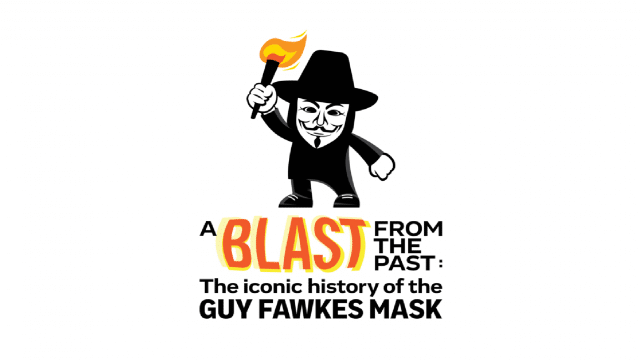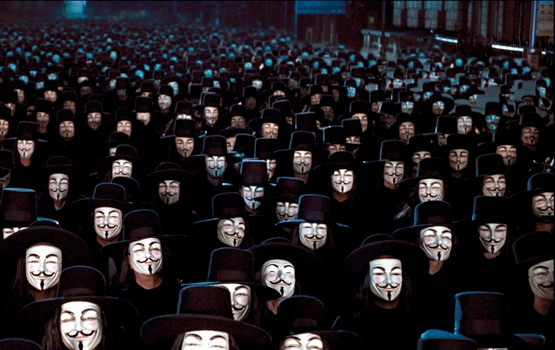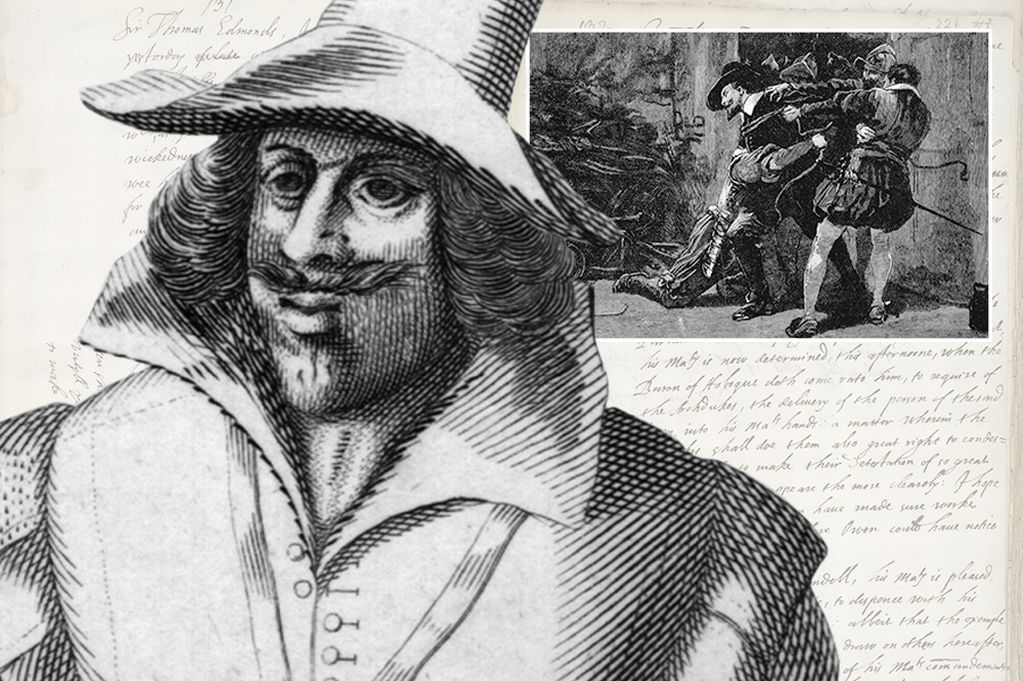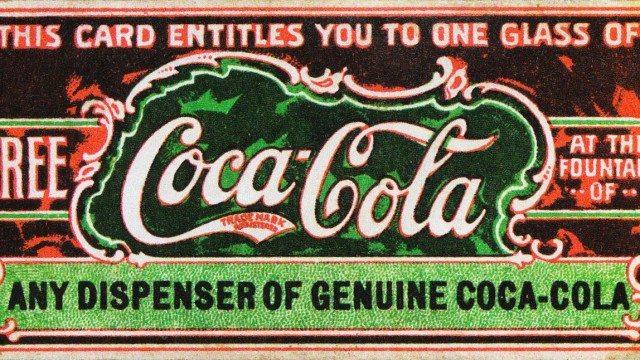In 1605, a guy named Guy tried to blow up the British Parliament. He didn’t succeed.
History says that’s all there is to it. Guy Fawkes was part of a fringe rebel group that despised the government; they weren’t liked much. Before the 1980’s, in fact, Guy Fawkes day was mainly and almost exclusively celebrated in the UK, and it’s association and significance related to the actual 5th of November declined rapidly, even though the fireworks displays became more and more brilliant.
However, in the 1980’s, a graphic novel was published by the name of V for Vendetta, which was followed a few years later by a movie of the same name.
And thus the mask was reborn as a “symbol of protest for anyone who sees tyranny.”
[Pinterest image]
Before V for Vendetta
Before 2005, the mask and cape associated with Guy Fawkes were mostly confined to the UK as a fun reference to the novel and not so much the Guy. In 2005 when the movie was published, the popularity began to spread to other parts of the world, including the United States. Still, the costume wasn’t much associated with the violent failed plot of the 1600’s.
However, in recent years, things have changed just a bit.
The Rise of the Mask
Lately, the mask has been stylized as it has evolved into a symbol of dissent. From the hacking & political activist (‘hacktivist’) group Anonymous to The Occupy Movement of Wallstreet, the mask has brought the spirit of Fawkes’ Parlament blowing-up days to the present.
Anonymous started the trend in 2008 or so with the launch of Project Chanology, a movement that was aimed at tearing down the Church of Scientology after the church attempted to withdraw and sensor an interview with a member, Tom Cruise. Members of the movement wanted to take the protest to the streets, but were shy about hiding their identities once they could no longer use screen names online. What to do, what to do?
After some debate, the Guy Fawkes mask was chosen as a good cover. While Anonymous has not ever come out and said why the mask was chosen, there is a scene in V for Vendetta that is likely the inspiration.
Since Project Chanology, Anonymous has become a huge collective that spans the United States, and the mask has been made a symbol of anti-establishment movements across the globe – when people are unhappy, the Guy Fawkes mask appears in mass.
An excellent example of one of these appearances is The Occupy Wall Street Movement. In 2011, an Anonymous invitation on Facebook strongly urged OCCUPY protesters to come together on November 5th with the masks on to rally against corruption and social injustice. For the past few years, the symbolism of the mask outside its early associations continues to grow along with many social movements that are meant to address social issues.
In another case, Thailand protestors did an “Anonymous Thailand” Facebook page to show their unhappiness and seriousness in their anger against the “puppet administration” that was still controlled by a prime minister that had been exiled (for good reason).
The Mask in Design
The Guy Fawkes mask is, in fact, a stylized version of Guy Fawkes’ face.
Quite frankly, it does kind of look like him.
While we know now why his face is being used to stylize the mask in the first place, why did it get stylized in the way it did?
Black and white are a powerful statement. I’d love to explain this here, but honestly, you should just take a look at our infographic to get a better feel. Both power and purity can be reflected in a good black and white design, and the Guy Fawkes mask has a great balance. The little bit of pinks in the cheeks reminds one that this mask is supposed to represent a person.
Anonymity is an important factor. This mask covers one’s entire face, and even if you know a person, it is hard to tell who the person behind the mask is. Unlike some masks, you can even wear glasses over this one, and it’s comfortable enough to be worn for hours during times when it needs to be worn.
It is universally understood as a symbol. Generally speaking, nothing is universal. However, this mask has been used for decades as a costume and now for years as a statement; even if we don’t know who Guy Fawkes is, the majority of us know that this is an “Anonymous mask” or a “Guy Fawkes mask”. It has taken years to attain that image. So now when someone says, “wear your Guy Fawkes mask,” everyone will know what to wear (or can easily find one on Google) so that everyone looks like one united front.
If, for example, someone said “wear your devil mask,” there are too many interpretations of such a character to really make it a consistent, all-for-one and one-for-all image. There is not that problem with the Guy Fawkes mask.
If you’re anything like me, you’ve found an intriguing mixture of amusement and fear in the mask as it has risen to its current symbolic status – all because of some good marketing and design work. It’s probably hear to stay, too.
If you want to learn more about the mask, the Wikipedia page has an exceptional history.







